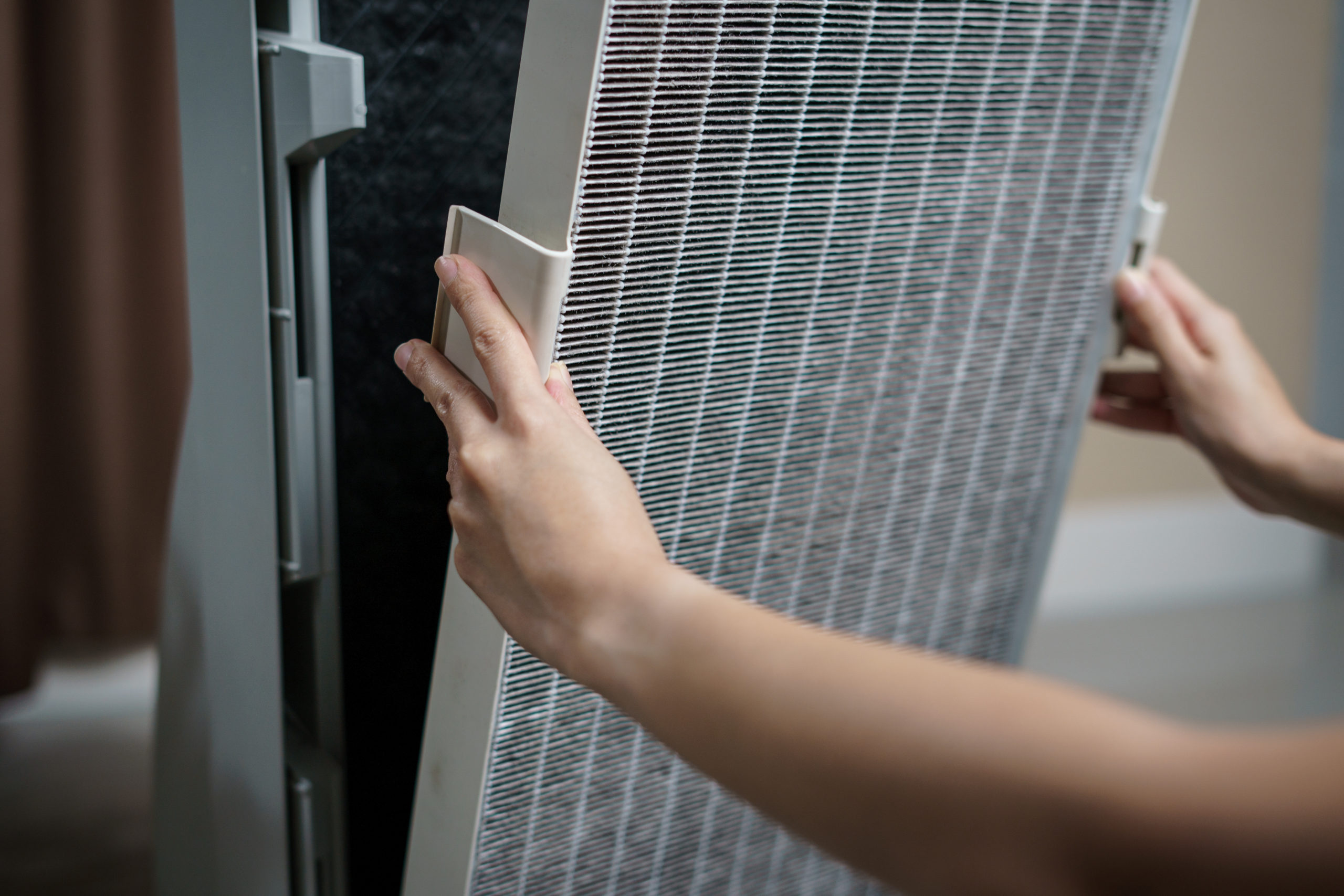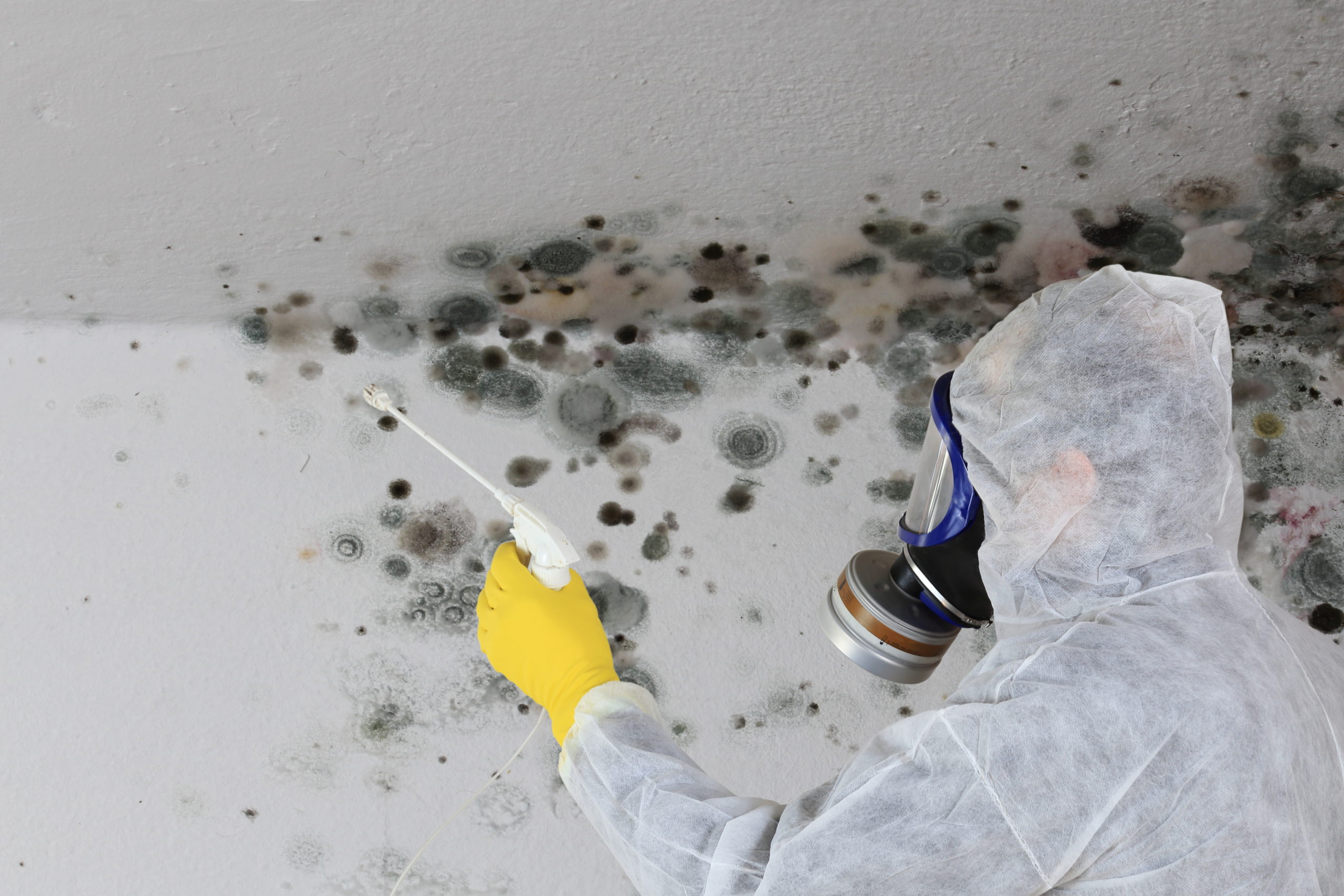If you’ve been struggling with that holiday bird—getting it browned just gorgeous outside while still juicy inside—this might be the explanation you’ve been looking for!
If you’ve been struggling with that holiday bird—getting it browned just gorgeous outside while still juicy inside—this might be the explanation you’ve been looking for! It’s a bit Alton Brown meets Dr. Oz when it comes to the chemistry of cooking and the cautions to fully cook your meat, but it’s a great guide for starting to turn an annual disappointment into more fun in the kitchen!
- David Bradley
- 17th Dec, 2010 at 12:12 pm
The Christmas meal in Britain usually centers on turkey, in Denmark roast pork. The French penchant is for goose, while Germans may opt for suckling pig. Regardless of the fleshy focus, a feast of culinary chemistry is at play when you prepare and cook the big meal. However, if you don’t get the chemistry right there’s more to worry about than dry meat and vegetables when the microbiology is dished up.
 So, what’s the right chemistry? Well, if you take a typical Christmas meal of some kind of poultry accompanied by all the trimmings (vegetables, potatoes, gravy), then it is essentially a heterogeneous blend of plant fibers, starches, proteins, fats, sugars and a whole lot of water that are cooked in various ways to different ends. More often than not, an early infusion of ethanolic beverages for the cook will lead to the vegetables being super-saturated in H2O and the meat almost desiccated but that aside various methods of boiling, roasting, steaming vegetables, whipping up a meaty liquid concoction with caramelized sugars and stock, and, perching a turkey or some other bird in a scorching hot oven for several hours will yield a timely feast.
So, what’s the right chemistry? Well, if you take a typical Christmas meal of some kind of poultry accompanied by all the trimmings (vegetables, potatoes, gravy), then it is essentially a heterogeneous blend of plant fibers, starches, proteins, fats, sugars and a whole lot of water that are cooked in various ways to different ends. More often than not, an early infusion of ethanolic beverages for the cook will lead to the vegetables being super-saturated in H2O and the meat almost desiccated but that aside various methods of boiling, roasting, steaming vegetables, whipping up a meaty liquid concoction with caramelized sugars and stock, and, perching a turkey or some other bird in a scorching hot oven for several hours will yield a timely feast.
Every family cook has their own favorite approach to cooking the big bird. It often involves lathering the outside with fat to insulate the skin from the searing heat and to add flavor, wrapping in an aluminum foil shroud, some professional disregard avian dignity altogether and invert it allowing juices to flow into the breast meat.
 At cooking temperature, water within the tissues of the bird will reach boiling point and stimulate various reactions, such as the splitting of cells and the denaturation of protein molecules. However, it is a complicated reaction known as the browning, or Maillard reaction that obviously enough gives the bird its truly browned off look ready for the feast table.
At cooking temperature, water within the tissues of the bird will reach boiling point and stimulate various reactions, such as the splitting of cells and the denaturation of protein molecules. However, it is a complicated reaction known as the browning, or Maillard reaction that obviously enough gives the bird its truly browned off look ready for the feast table.
Put simply, the Maillard reaction takes place between an amino acid, the building blocks of proteins and a reducing sugar when they are heated together. Such a simple description belies the complexity of what occurs during cooking, given that there are a couple of dozen amino acids and a sweet selection of different sugar molecules that might be present and interacting. Moreover, the amino acids are all hooked together in chains to form the proteins, muscle tissues, enzymes, connective tissue of the poultry you’re cooking. The true complexity and importance of the Maillard reaction was the focus of a hefty tome published by the Royal Society of Chemistry this year [Maillard Reaction Interface between Aging, Nutrition and Metabolism, Merlin C Thomas (Editor), Josephine Forbes (Editor) ISBN: 978-1-84973-079-2].
Intriguingly, while the Maillard is very familiar to food chemists, cooks and the food industry for its ability to not only brown foods but to produce the characteristic flavors and aroma of cooked meats, baked foods, chocolate, caramel and beer. This reaction also occurs in the aging body and leads to many of the problems of disease (including diabetes) and ageing as proteins in bodily tissues react with sugars and form detrimental cross-links. In one sense, aging is truly about one’s inner goose being cooked.
Meanwhile, back in the Christmas kitchen, it’s not just chemistry you should be thinking about when preparing the big meal, it’s microbiology. The biggest microbiological risks around this time of year, are the likes of Listeria in poorly refrigerated dairy products and leftovers, Escherichia coli from contaminated meats, and, probably the best known Salmonella and Campylobacter, which are endemic in poultry. A dose of either will cause severe and potentially lethal food poisoning symptoms if you ingest contaminated poultry that has not been cooked thoroughly.
Although these microbes are almost always present, Dan Donoghue of the University of Arkansas, USA, has a plan for eradicating it from poultry whether gobbling turkeys or undercooked goose. He points out that food poisoning usually occurs not through eating undercooked fowl but from cross contamination of other food when handling the raw bird. Salmonella responds to antibiotics but Campylobacter are a part of the avian gut microflora and there is no treatment.
Donoghue’s research suggests a simple and inexpensive solution might be possible in the form of the fatty acid, caprylic acid, which has antibacterial activity. Ongoing large-scale tests using this compound in poultry feed makes Donoghue optimistic that his dietary tweak could reduce the risk of festive food poisoning.






